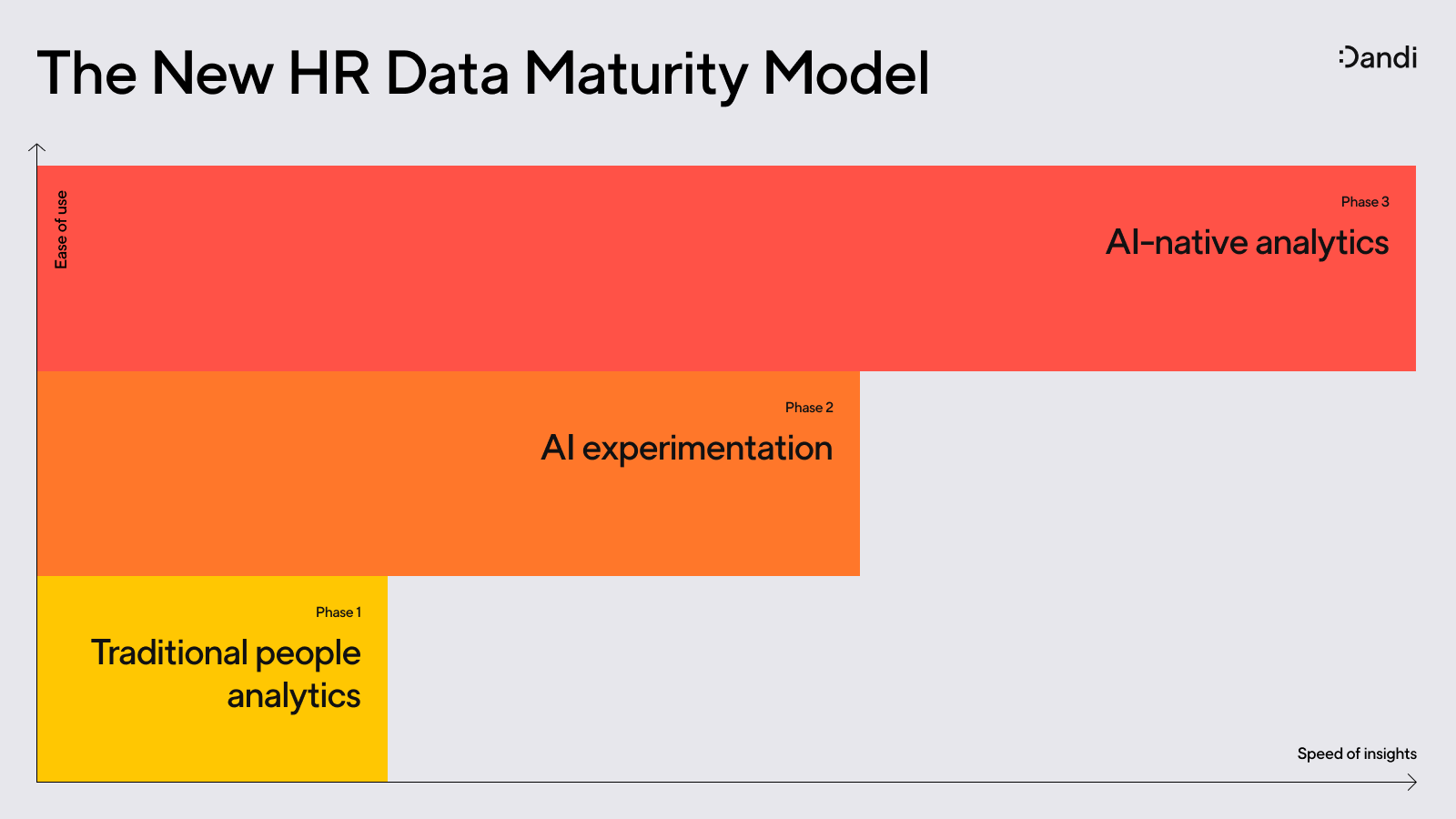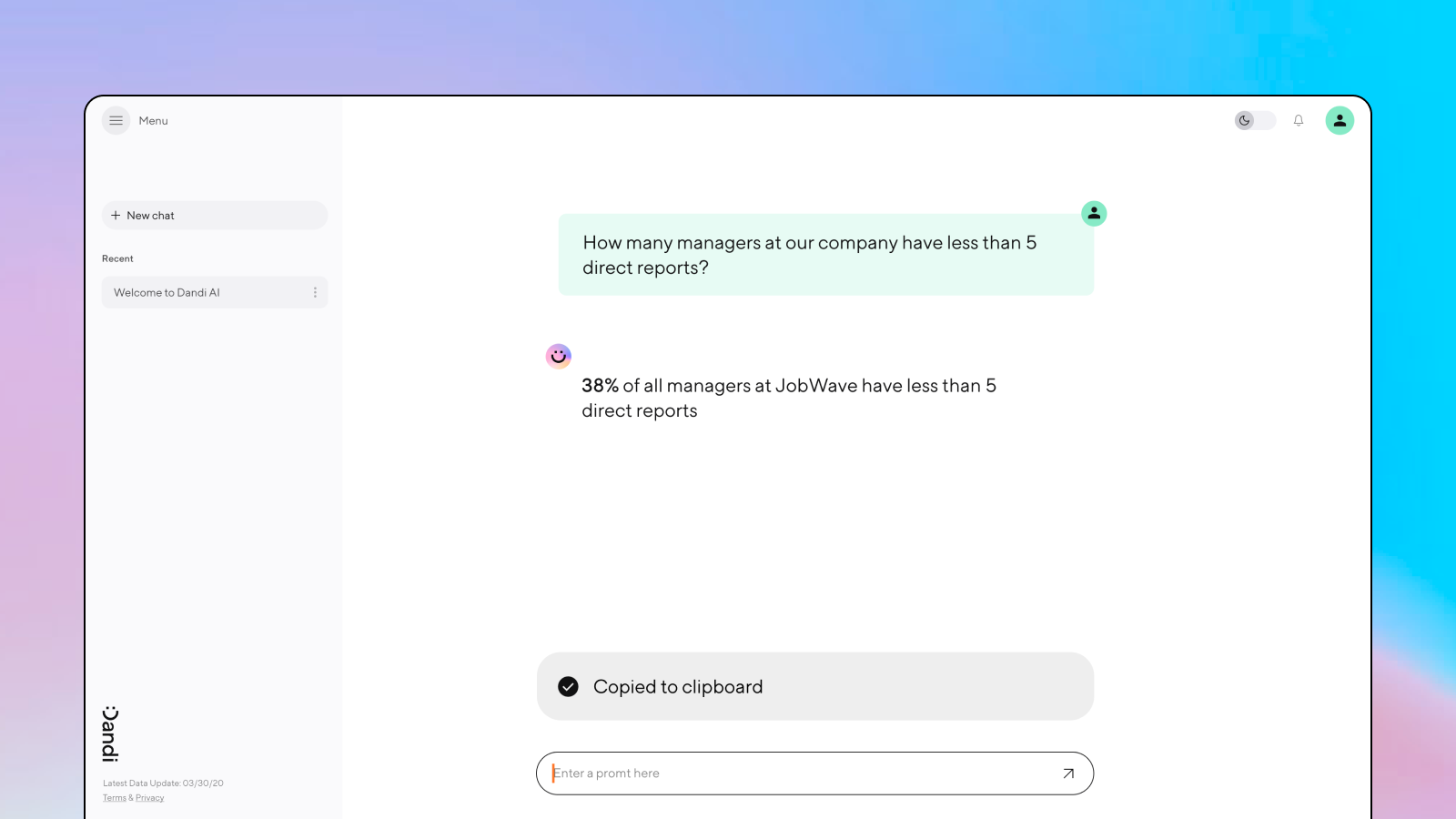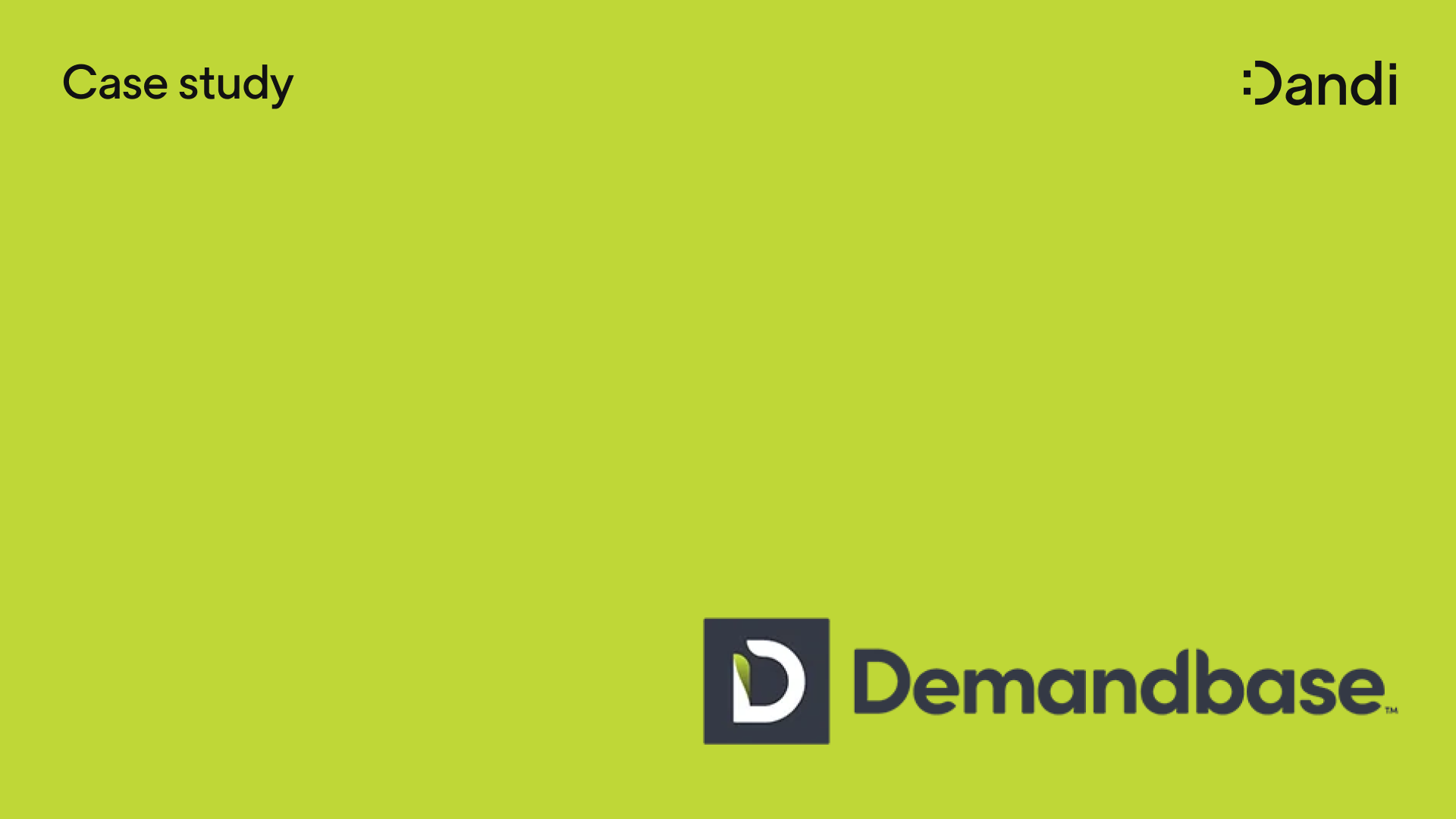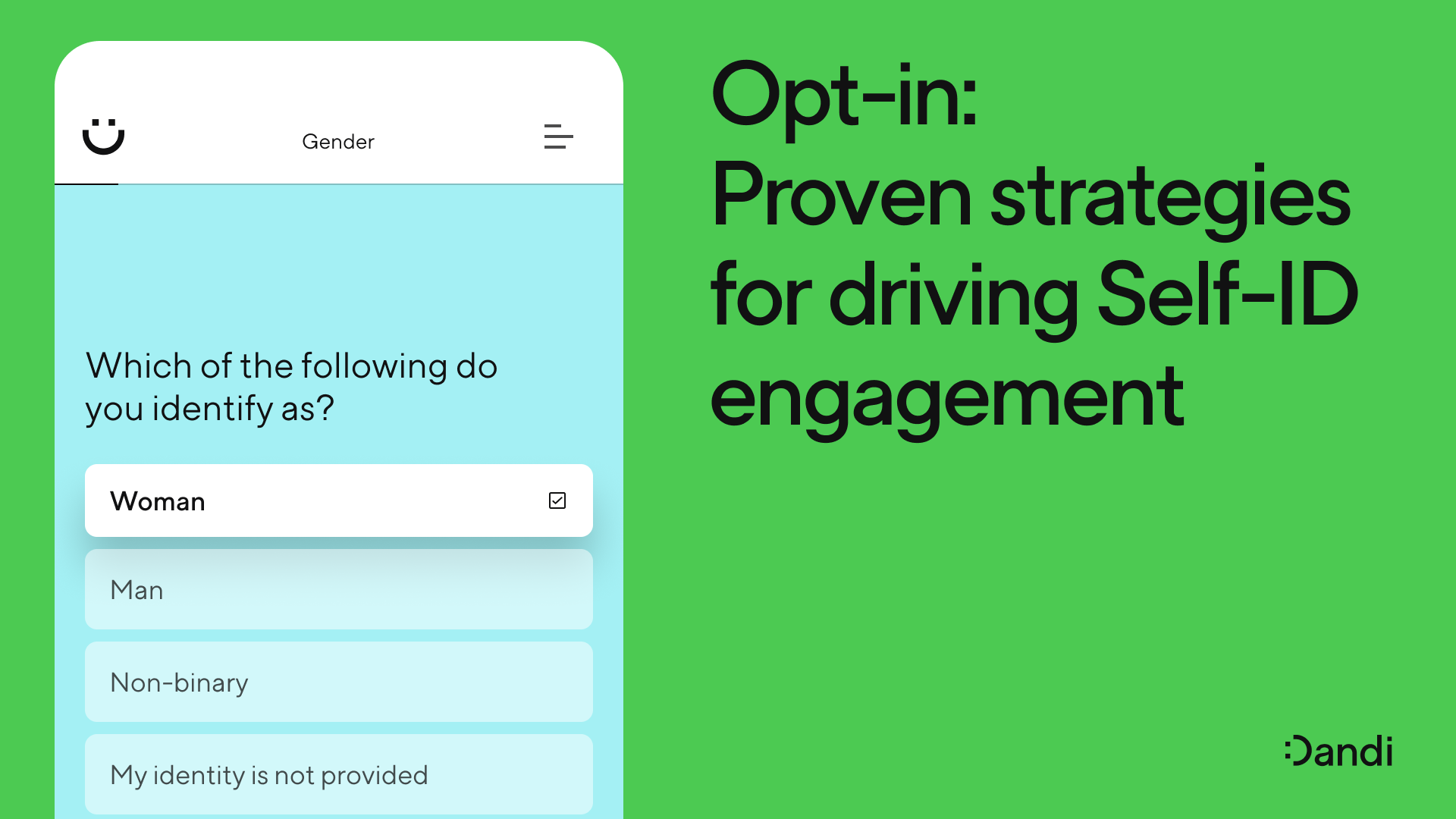Going beyond basic employee data collection

Camille Hogg, PhD – Nov 9th, 2023
To drive progress in the workplace, employers need to look beyond bare-minimum employee data collection. Learn how a more advanced data collection strategy can begin to reveal the hidden experiences of your workforce.
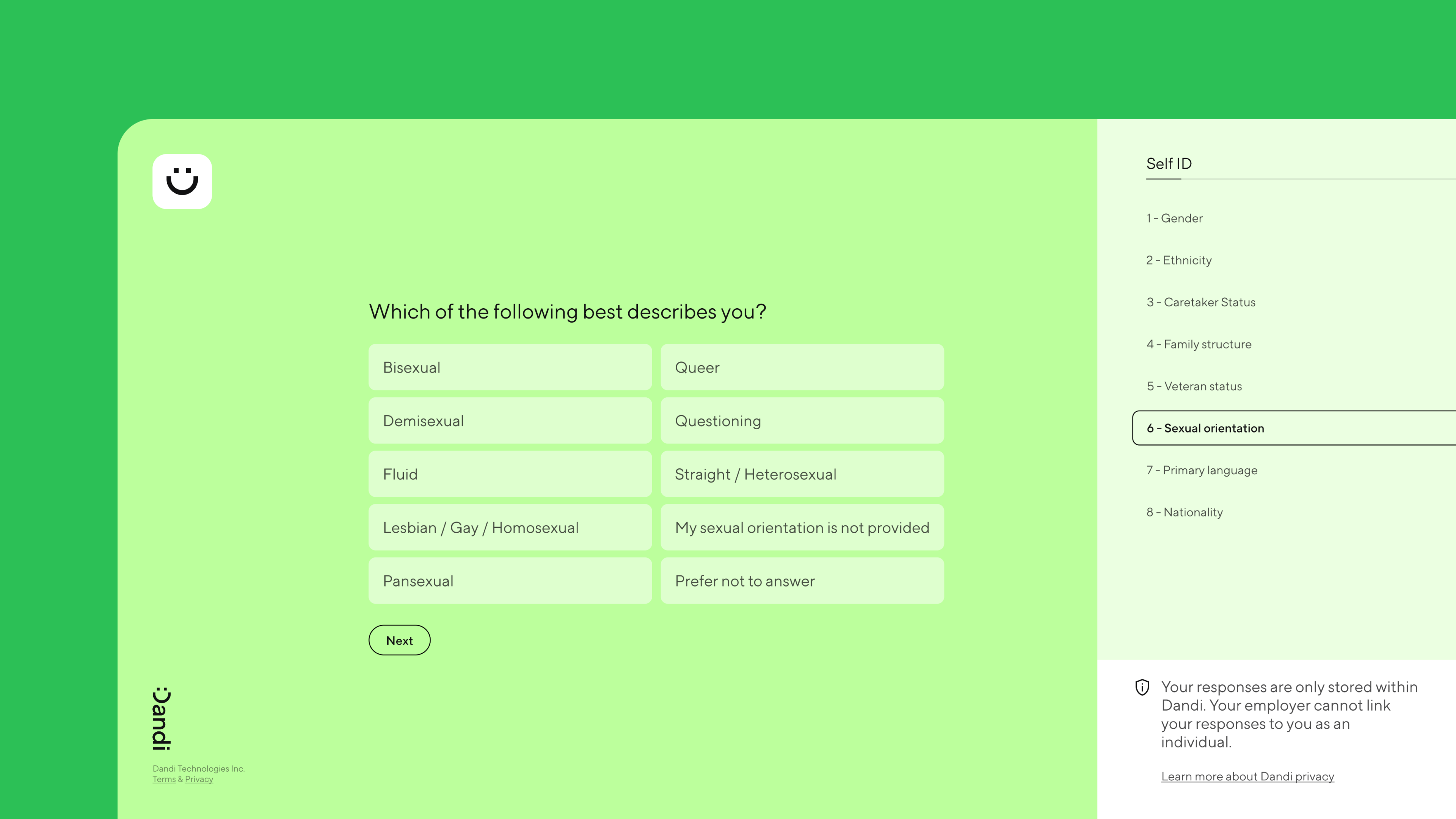
Sometimes it feels like every conversation on people data starts—and ends—with ethnicity, race and gender. Maybe it’s because these traits feel most embedded in humans’ long history of marginalization and oppression. Maybe it’s that they are among the more visible signs of why some folks experience discrimination, and some don’t.
Or maybe, it’s embedded in the structure of how we collect and analyze employee data to begin with.
On some level, every company is required to collect data about who their employees are. The exact requirements vary from country to country. In the United States, this process is governed by the Equal Employment Opportunity Commission (EEOC), which requires organizations to collect data on employees’ ethnicity, race, and gender.
It’s a box-check exercise that establishes a bare minimum baseline for understanding in how different identity groups experience the workplace. But to drive progress, organizations need to look beyond these basics. They need to consider the full spectrum of what diversity means, across factors including educational background, sexual orientation, religion, culture, and socioeconomic background.
Understanding these nuances gives employers a much richer understanding of how they can better support the needs of their workforce, and create a workplace where all can thrive.
Here are five areas to learn about your employees, beyond the basics.
1. LGBTQ+ status
As of April 2023, almost 500 anti-LGBTQ+ bills have been introduced in state legislatures across the US. Among them, 77 have been passed into law, legislating LGBTQ+ folks’ rights across all aspects of life, including healthcare, education, civil rights, and freedom of expression.
In the workplace, the rise in anti-LGBTQ+ sentiment is leaving workers fearful that all the progress of the past few years is taking a backslide. And while organizations are keen to show their support during Pride Month with rainbow banners, marches, and logos, surveys show that employees often feel they lack critical support the other 11 months of the year.
While organizations are keen to show their support during Pride Month, surveys show that employees often feel they lack critical support the other 11 months of the year.
In this context, where fear and discrimination feel ever-present, understanding how you can support your LGBTQ+ workforce is essential to creating an inclusive workplace where everyone can show up as themselves. But this isn’t just about identifying the barriers to disclosure on LGBTQ+ status—it’s also about understanding the different experiences that impede inclusion among this population.
Experiences like LGBTQ+ employees feeling as though they receive differential treatment compared to heterosexual, cisgender peers, for example. Experiences around feeling expected to conform to stereotypical behavior norms, or feeling less supported by managers.
Identifying these experiences across your processes will help you better support this employee segment—whether this translates into changing policies around healthcare, like gender affirmation surgery and leave, updating policies around inclusive language, or adjusting heteronormative policies around maternity leave.
2. Caregiver status
When the Covid-19 pandemic hit, it didn’t just force the collision of life and work—it also highlighted the hidden experiences and needs of caregivers.
In a normal 9 to 5 context where work and life fell on opposite sides of an invisible boundary, caregivers often went unseen in the workplace. And while the signs of caregiver burnout might have already been there, like increased absenteeism and decreased productivity, few workplaces could say they knew how their employees were spending their time after hours—let alone provide the interventions needed to support employees caring for others.
12% of organizations are now tracking caregivers as a segment of their workforce.
But this is starting to change. A 2019 report by Harvard Business School found that 73% of employees reported having some type of caregiving activity. A 2022 report found that 12% of organizations are now tracking caregivers as a segment of their workforce.
When organizations take a data-driven approach to better understand their caregiver population, it means they can adjust policies and processes that create a more inclusive environment. In a practical sense, this might include offering more flexibility around scheduled working hours or remote working, but it could also include options like caregiver leave, enhanced access to EAPs, external resources, or even the need for greater manager support.
3. Religious status
A truly inclusive workplace is one that values all backgrounds and cultures, including religion and spirituality. But over the past few years, religious discrimination has been trending upward—particularly for Muslim and Jewish employees.
In 2021, EEOC data shows that reported incidents of religious discrimination accounted for around 3.4% of all reports. In 2022, that number reached 18.8%—a rise in part due to vaccine-attributed discrimination. But a 2022 study surveying over 11,000 people corroborates that this sentiment is felt by employees: 63% of Muslim and 52% of Jewish respondents reported religious discrimination at work—with incidents ranging from verbal microaggressions and stereotyping to social exclusion from events.
63% of Muslim and 52% of Jewish respondents reported religious discrimination at work.
Analyzing your employee data through the lens of religion will help you identify where cultural norms are unintentionally furthering exclusion. This means you can create the policies and practices that lead to a more inclusive workplace, including offering accommodations such as religious holiday swaps or prayer rooms.
But it can also highlight where your processes across your organization are contributing to bias or discrimination, and help you identify where this discrimination is most likely to occur.
2018 research tells us, for example, that Muslims experience greater discrimination across both hiring and performance evaluation processes. Being able to identify how and where your processes including hiring, performance management, and compensation are furthering discrimination, and segmenting this data by factors including office location or business unit can help highlight where changes need to be made.
4. English as a first language
Today’s world is becoming ever more globalized. Remote working has split organizations’ talent pools wide open—meaning skilled workers have never had greater access to opportunity for skilled workers, or organizations access to skilled workers.
But this has led to a few snags in terms of organizations’ approach to their people strategy. Organizations must make sure that all employees are treated equally, regardless of where they’re from and how they identify. But this often doesn’t extend to workplace language and communication, which is defined by the cultural majority.
And whether we’re talking distributed teams, office locations across geographical boundaries, or just different branches of a larger business, if there’s a language barrier, there’s the potential for exclusion.
A 2022 study found that feeling ostracized due to language barriers often leads to employees feeling less able to thrive at work.
In a 2021 study, researchers found that employees from underrepresented groups may be less likely to engage in knowledge sharing behaviors due to feeling excluded and a lack of social belonging. A 2022 study found that feeling ostracized due to language barriers often leads to employees feeling less able to thrive at work.
In practical terms, understanding the proportion of your workforce for whom English isn’t a first language means you can identify the key blockers standing in the way of inclusion. You might identify that commonly used language internally is leading to misunderstanding—or that you need greater support for multilingual resources and documents.
5. Veteran status
According to 2022 data from the Bureau of Labor Statistics, there are over 18 million military veterans in the United States, accounting for approximately 7% of the adult population.
But although veterans have a career’s worth of skills and experience to bring to the table, life after military service can leave some struggling to integrate with current workplace cultures. Limited civilian work experience outside of a structured service environment is one factor—but increased discrimination due to disability and mental ill-health are another.
While laws like USERRA and VEVRAA exist to stop employers from discriminating against veterans, research has found that it’s still happening across the entire employee lifecycle.
-
In a 2019 study, researchers found that veterans with disabilities were often reluctant to ask for much-needed accommodations at work due to a lack of psychological safety and inclusion.
-
A 2019 study examining the experiences of different genders found that women veterans are more likely to feel underutilized at work, and prevented from achieving career growth.
-
A 2022 study found that veterans with PTSD were more likely to be stigmatized than veterans without it, leading to a lower likelihood of being hired due to perceived inability to perform tasks or conform to expected behavioral norms.
Measuring data on veterans across your hiring pipeline and employee lifecycle, particularly veterans’ sense of belonging, will help you understand how to better integrate this population, and create the processes that lead to greater inclusion.
Meanwhile, implementing intersectional analysis, such as gender or race, will help highlight the nuance behind different experiences at work, especially with processes relating to growth, progression, and compensation.
Identify the hidden experiences of your workforce
When your organization is able to identify the experiences of your workforce beyond the big picture measures, it gives you a much richer understanding of how belonging to different—and multiple—identity groups impacts your employees’ experience at work.
Most importantly, it means you can understand the exact needs each segment of your population has, and implement targeted fixes that don’t just benefit that single population, but benefit your entire workforce.
Dandi Self-ID makes employee data collection simple, secure, and globally compliant.
Want to learn more? Book a demo with our team.
More from the blog
Announcing more powerful Dandi data visualizations
Team Dandi - Oct 23rd, 2024
The New Maturity Model for HR Data
Catherine Tansey - Sep 5th, 2024
Buyer’s Guide: AI for HR Data
Catherine Tansey - Jul 24th, 2024
Powerful people insights, 3X faster
Team Dandi - Jun 18th, 2024
Dandi Insights: In-Person vs. Remote
Catherine Tansey - Jun 10th, 2024
Introducing Dandi AI for HR Data
Team Dandi - May 22nd, 2024
5 essential talent and development dashboards
Catherine Tansey - May 1st, 2024
The people data compliance checklist
Catherine Tansey - Apr 17th, 2024
5 essential EX dashboards
Catherine Tansey - Apr 10th, 2024
Proven strategies for boosting engagement in self-ID campaigns
Catherine Tansey - Mar 27th, 2024

